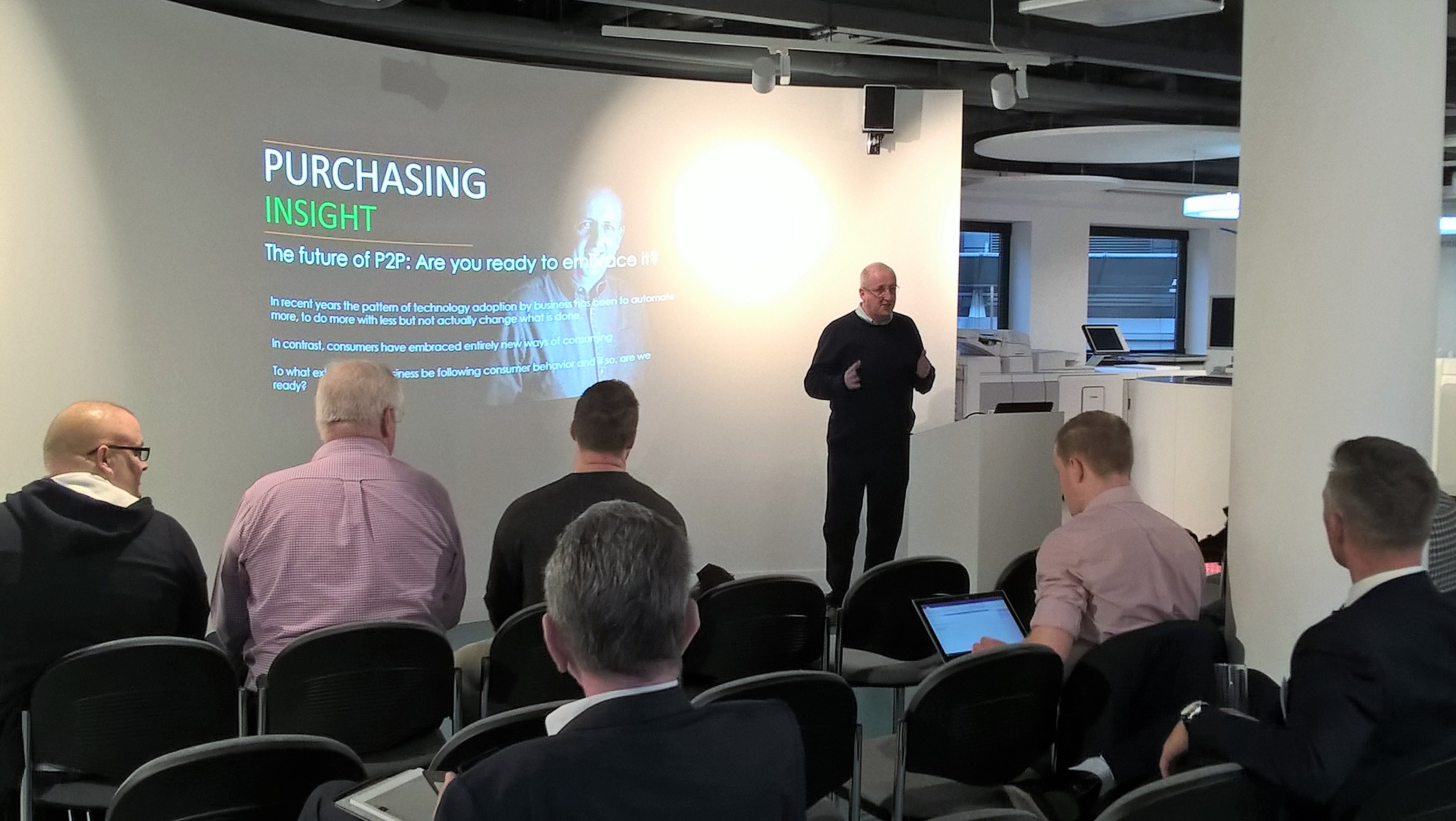08 Jan Is your business ready to embrace the millennial mindset?
Much is meant in mockery – the description of the millennials, their sense of entitlement and their unrealistic career expectations. I’m not quite sure from where this stereotype emerged. It describes the generation who were born into the internet powered, globalised economy who all go...



